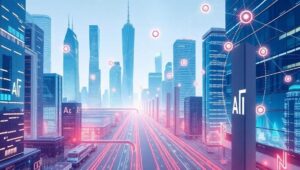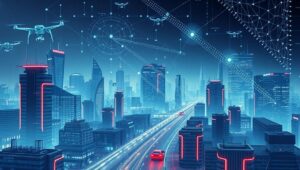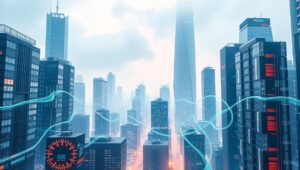June 2, 2025
The Future of AI APIs and Development Tools (2026)
The Future of AI APIs and Development Tools (2026) The rapid advancement of artificial intelligence (AI) is transforming industries and reshaping how we interact with technology. By 2026, AI APIs and development tools will be even more sophisticated, accessible, and integrated into various aspects of software development and deployment. Current Landscape Currently, AI APIs offer functionalities like natural language processing (NLP), computer vision, machine learning (ML) model training, and predictive analytics. Development tools include platforms, libraries, and frameworks that support AI model creation and deployment. These tools enable developers to incorporate AI-driven features into applications without needing deep expertise in








